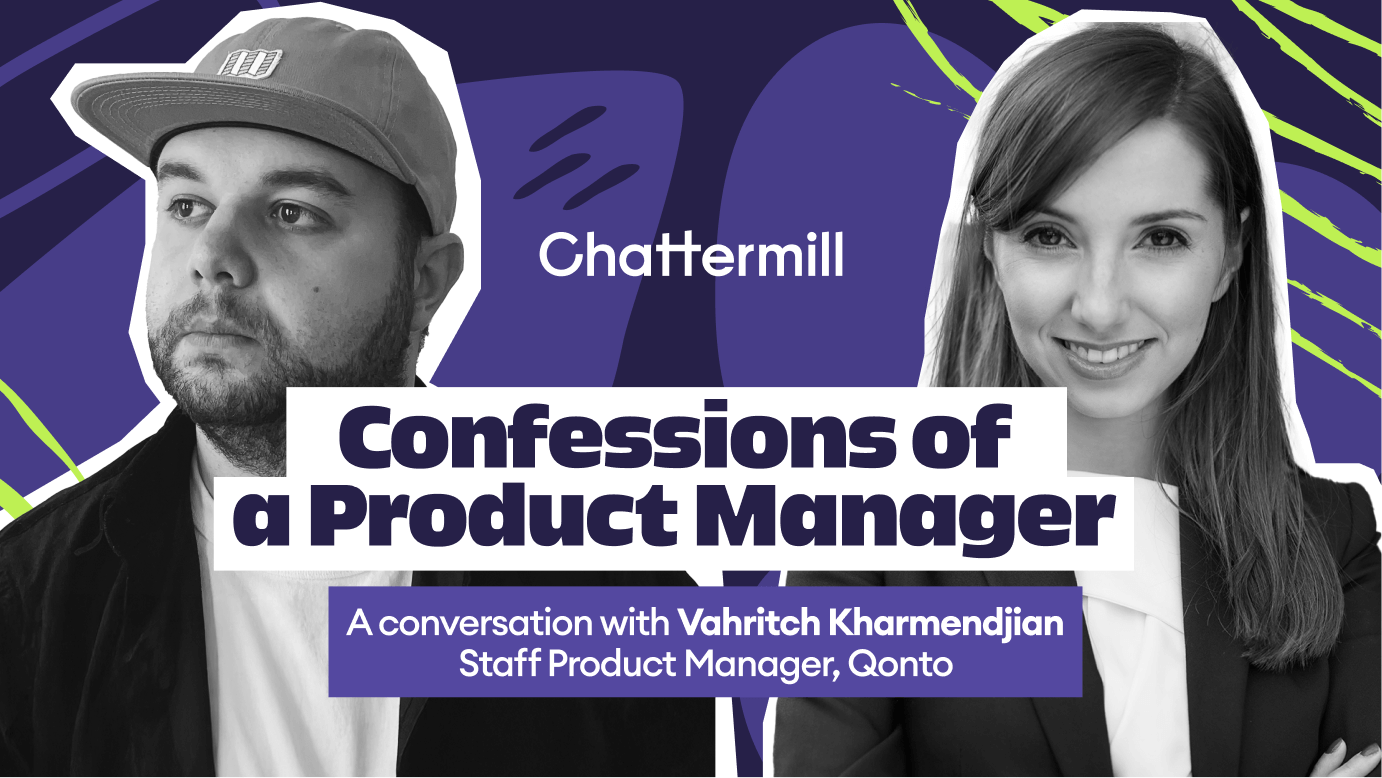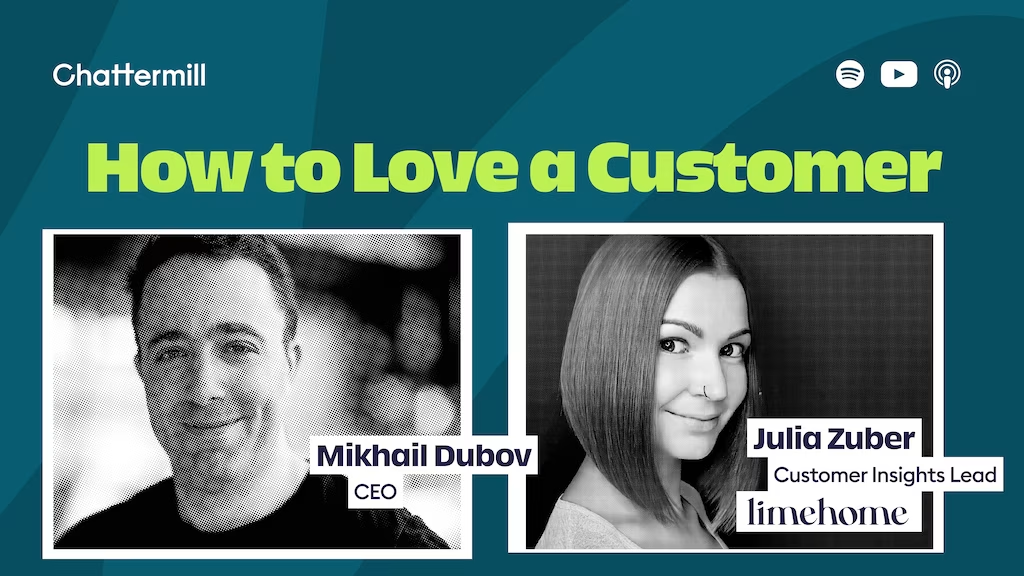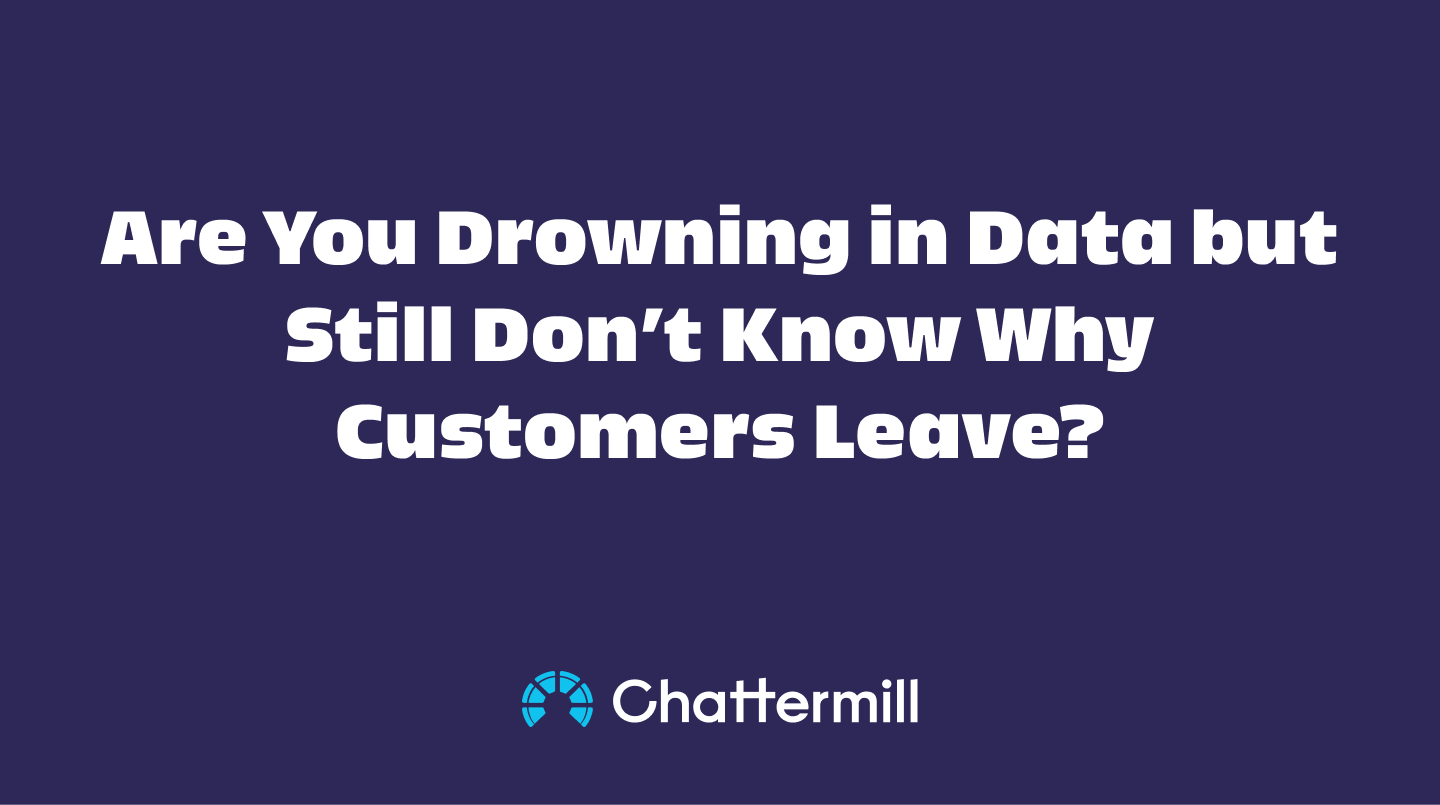January, new year, new you. Sure, you’ve got a lot of the same challenges as last year, but this year…this year is going to be different.
At this stage almost anything is possible. 2024 really could be spectacular.
The start of each new year represents an inflection point that can be illustrated by two of Einstein’s maxims:
- Compounding is the 8th wonder of the world
- The definition of insanity is doing the same things over and over and expecting different results
I often think about these statements at the beginning of the year.
When a team takes the right decisions, sees the positive impact of these decisions and then repeats the process the gains start to get pretty big, pretty quickly.
The energy, positivity and momentum this generates is powerful.
When a group is performing and delivering in this way there seems to be a gravitational pull towards success, it feels almost like the ground moving beneath your feet carrying you forwards.
The benefits compound and reinforce each other, it’s a great thing to be a part of.
Conversely when progress is slow, results aren’t quite there and making material gains feels like hard work, it’s so often because an organisation is caught doing the same thing over and over expecting, or sometimes just hoping for, a different outcome.
There will always be new initiatives of course - there might be new products, a new season released, new branding, new KPIs - but these superficial changes obscure the fact that the fundamental approach remains the same.
A kind of inertia exists, a symptom of which is that things that could fundamentally impact success are often overlooked or dismissed with statements like ‘there are other things we need to get to first’,‘that’s not a priority right now’ or 'it’s good enough for the moment’.
The nature of my role, advising and working with a broad range of different companies, means I regularly experience both of these situations.
I sometimes work with companies operating at either extreme on the same day.
Interestingly whatever situation you’re in, whether things are going well and you want to ensure this continues, or times are tougher and improving results is feeling like an uphill battle, the one thing you should do in January isn’t actually any different.
Success energises and reinvigorates, it drives cultural change, encourages experimentation and reinforces the belief that you are on the right path.
So while it might sound ridiculously simple, the most valuable thing to do in January is to make sure you are set up to deliver success.
The power of the pause
Although most businesses’ reason for existing is actually quite simple - to make money - organisations are incredibly complex things.
There are so many moving parts; different teams, agendas and opinions, so many things to distract and pull attention in different directions.
From hiring to budgets to new initiatives, our ‘to do’ lists are full of actions to make them happen. The result is that it often feels there is no time to pause, we need to get started immediately.
Stepping back and sense checking before diving into all of this activity is essential. It is a fundamental of sustained success.
If for any reason, it highlights you are not quite set up for success, you can course correct early.
Crisis averted.
If you find that you are in fact well set up for success, great, you can confidently commit to actions and execution.
It can often be overlooked because it is so simple, but taking a moment to look at things with fresh eyes at the start of each new year is like magic.
So how do you double check that you are set up for success?
There are many ways to assess if you are set up to deliver your objectives but the simplest I have come across is to answer the following four questions.
1. What do we need to be successful this year?
2. What do we have now?
3. What does that mean for our chances of success?
4. What do we therefore need to do?
It doesn’t need to take long - and it probably won’t if you are in fact set up for success - but it will be time well spent.
Let's take a look at each question in turn.
1. What do we need to be successful?
To look at this with fresh eyes, start by going back to first principles.
For any business that has customers, this is pretty straightforward:
Customer perception (their thoughts & feelings) drives their behaviour (what they do and don’t do) and this behaviour is either beneficial or detrimental to your business goals.
Customer Perception drives Customer Behaviour which drives Business Success.
Next, sense check what this logically means for how you will achieve your goals.
If a major KPI is to Reduce the cost of returns in 2024 then a fundamental requirement to achieve that objective will be understanding why customers return items (i.e. the customer perception that is driving them to return items)
If high customer acquisition costs means a key objective is to Increase revenue from existing customers, then understanding what drives some customers to repeat purchase and others to switch to a competitor is a non negotiable.
As a shorthand, for any goal that fundamentally relies on customers behaving in a certain way (e.g. completing a purchase, shopping again, renewing their subscription, not cancelling their subscription etc) understanding what is driving that behaviour will be critical to successfully delivering that goal.
2. What do we have now?
Once you have sense checked your goals in this way you can look at your current reality.
This assessment is the crux of whether or not you are set up for success. So it’s important to be brutally honest.
For each of your objectives assess whether you genuinely understand why customers take the actions that will impact that goal.
To take the objective of Increasing revenue from existing customers as an example:
- Do we understand why loyal customers shop again?
- Do we understand why other customers don’t shop again?
- Do we understand how this differs by different region, geography, customer type or age group?
- Do we understand how this has changed over time?
- Do we understand how the initiatives we have already tried have impacted this?
- Are we able to track the impact of changes that we make from the customer’s point of view?
- Etc
3. What does that mean for our chances of success?
Having followed the first two steps it’s usually pretty clear if you are well set up for success or if some changes are required to make it possible to achieve your objectives for the year.
If your Goal / Reality assessment looks like:
- We need to reduce returns - but we don’t know why people return items
Or
- We want to increase revenue from existing customers - but we don’t know what drives people to spend more with us
Then you are not set up for success.
Without action it is highly unlikely you will be able to consistently take the right decisions to achieve your goals. As someone once said “Is hope something to be cherished? Yes. Is hope a strategy? No.”
If you are well set up for success then you can proceed as planned, ready to meet the year’s targets with the full confidence that you have given yourself every chance of delivering them.
4. What do we therefore need to do?
The final step is to identify what action is needed to address any Goal / Reality gaps (if they exist).
Then get started addressing them, immediately.
It might be tempting to put it off, to add it to the ‘to do’ list for another day, but the nature of any barriers to success you have identified is they will lead to greater pain the longer they are left unaddressed.
Additionally the power of getting started and taking action generates immediate energy and momentum. As the global success of Brian Tracy’s bestseller Eat that Frog! demonstrates, addressing the biggest most important task first of all is not easy, but it is incredibly effective.
Incidentally, for a tiny proof point of how energising this approach can be, try following the principle outlined in Eat that Frog! for a single week.
Notice how you feel at the point at which the day’s frog has been dispatched, empowered to continue and seize whatever else the day can throw at you.
It might just become something you continue with (this is a January blog post it had to include at least one recommendation for self improvement!).
Why wouldn’t we do it?
Often the wisdom of an approach is shown by asking the reverse question - so to flip it around, why wouldn’t you do this?
If you are well set up, it shouldn’t take too long and serves as a useful exercise to refresh on what is important to deliver your goals this year.
If you do discover blockers to success - that’s an immediate win - by taking the time to pause you have caught them at the earliest possible moment and while there is still time to do something about them.
Diving into the year’s actions without stopping to sense check is tempting but - as I once heard it rather neatly described - it’s like setting off to catch a train without pausing to check you’ve got your tickets, you’ll leave the house earlier, but you might not arrive at your end destination earlier…or at all.
Not being set up for success means 12 months of swimming against the tide, an uphill battle that you were not set up to win because you never really had a sporting chance. This is certainly something that is worth avoiding.
Get this right however and 2024 really could be everything it promises. Your end of year slide deck will show some pretty impressive results and the heading of your opening slide will write itself - 8 simple words Compounding is the 8th wonder of the world...
















